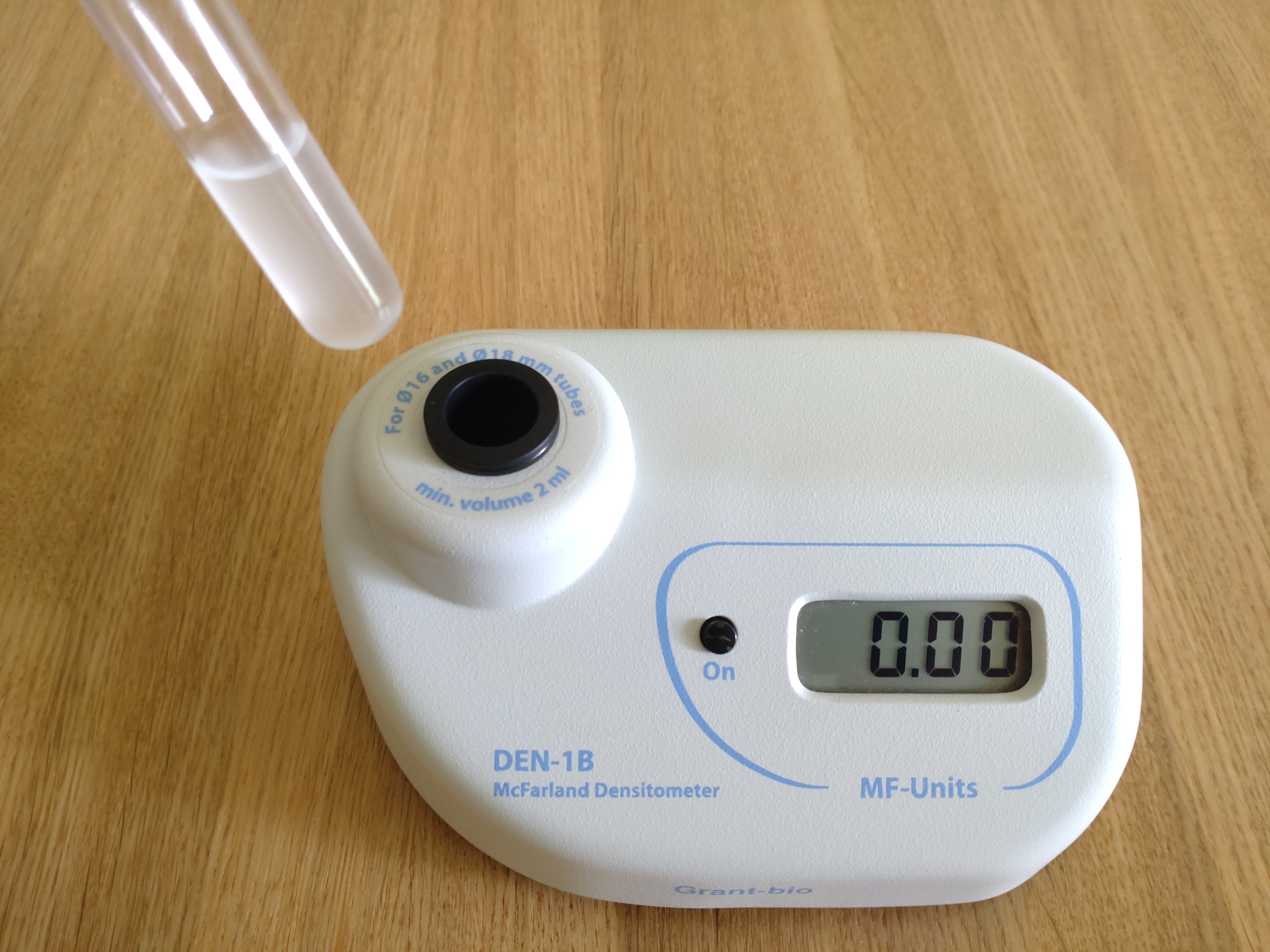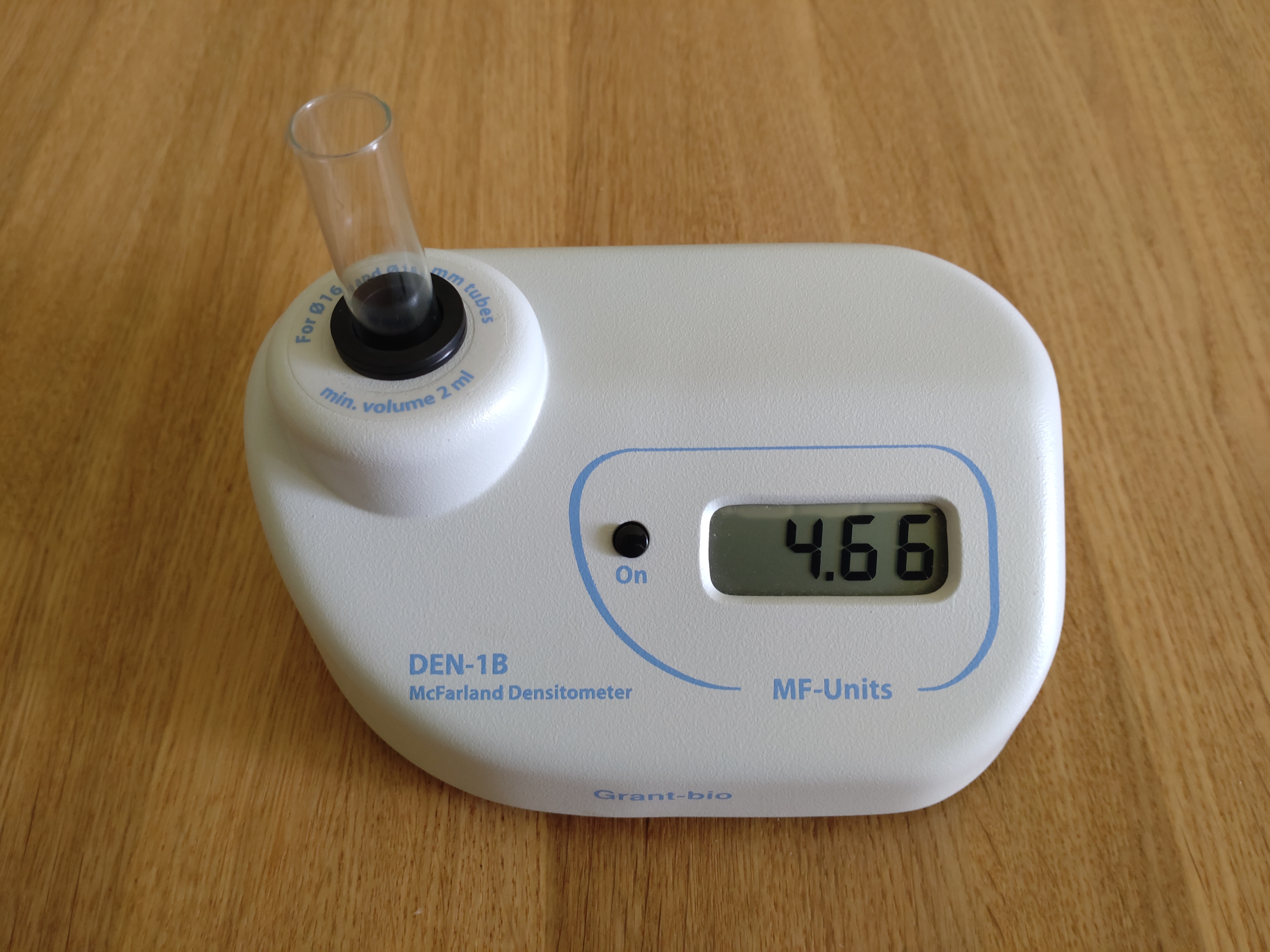You can store yeast slurries for months, years even, in the fridge.* But viability goes down, as much as 5-20% per month, highly depending on packaging and storage conditions.
http://www.brewunited.com/yeast_calculator.php
When harvested from a batch, there will be about 4-5x the number of cells you pitched. For example if you pitched 100 billion cells you'll have 400-500 billion cells at the end of the fermentation. How many times she multiplies and how many survive depends on pitch rate, gravity, alcohol content, viability of the yeast you pitched, aeration/oxygenation, and so on.
When storing the slurry harvested from a batch, leave some of the beer on top, in the storage jar. If it's high(er) alcohol, say above 5-6%, dilute it with (sterile) water. Many of us use "canning" jars, they come in many sizes 4 oz - 16 oz (1 pint). Those are probably the most useful, depending on the space in your fridge. But any jam/jelly jars, whatever you have, work just as fine too. Save the lids too. Glass is easier to sterilize or sanitize than plastic and is air tight.
When saving yeast from a previous fermentation, after transferring the beer to a bottling bucket or keg, leave some beer behind on top of the trub/yeast cake on the bottom of your fermenter. About 1/4-1/2" is enough. When done with bottling/kegging, swirl or stir that cake up with the leftover beer into a homogeneous slurry. Making sure you're getting the sticky cake from the bottom suspended too. Dump the slurry into a 1/2 gallon jar, such as a pickle jar or a few smaller ones.
Needless to say, when handling yeast, work in a sanitary way, as much as possible.
* I just "revived" yeast I had bought in March
2015. The yeast was kept in a 34F fridge, inside a small box with other bottles/jars of yeast. Most had been used about half, the remaining half left in the original bottles. One jar was still unopened. They all started out with at least 400 billion cells at packaging. A week later, each yielded about 4 oz of nice creamy yeast slurry.


































![Craft A Brew - Safale S-04 Dry Yeast - Fermentis - English Ale Dry Yeast - For English and American Ales and Hard Apple Ciders - Ingredients for Home Brewing - Beer Making Supplies - [1 Pack]](https://m.media-amazon.com/images/I/41fVGNh6JfL._SL500_.jpg)













